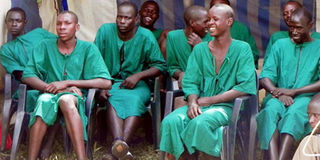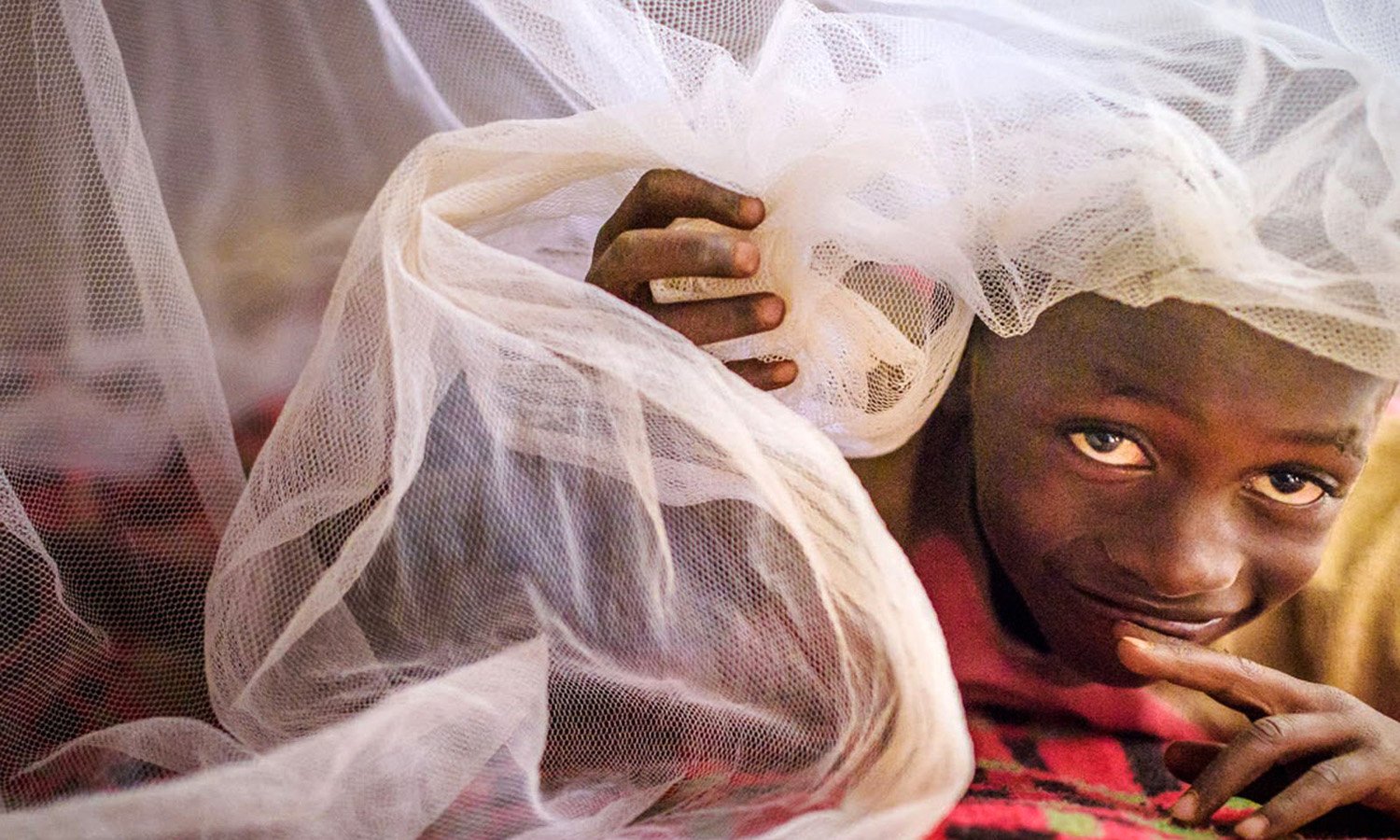Masaka ranks low in male circumcision

Ready. Men wait to undergo safe medical male circumcision in Kayunga District recently. FILE PHOTO
What you need to know:
- Plan. The authorities are now looking for strategies to address the underlying factors and have more men embracing voluntary circumcision.
- Accordingly, Uganda announced a Safe Male Circumcision Policy in 2010. Government set a target of circumcising 4.2 million men ages 15–49 by 2016, with a potential to avert 428,000 new HIV infections by 2025.
Masaka. Districts in Masaka sub-region have registered slow progress in voluntary medical male circumcision (VMMC), with some areas having three per cent prevalence of medically circumcised adolescents and adults, according to a recent report.
While some regions such as mid-eastern Uganda have made considerable progress towards this goal, with about 67 per cent males reported to have been circumcised two years after the set deadline, the progress in Masaka sub-region (Central 1) is slow basing on individual districts’ targets and the current prevalence.
With the exception of Rakai District, whose prevalence stands at 25 per cent, other districts in the area are still grappling to meet their set targets.
The report
According to a report by Presidential Fast Track Initiative to end HIV/Aids by 2030, Bukomansimbi District has recorded 3,000 circumcisions out of 76,000 people targeted, making a percentage of 3.9 per cent while Butambala District has so far registered 10,000 circumcisions out of the total target of 50,000.
Of the target of 81,000 circumcisions, Gomba District has so far recorded 12,000, while Kalangala District has circumcised only 2,000 men of 27,000. Kalungu District has 93,000 men circumcised under VMMC.
Lwengo District has so far circumcised 16 per cent of the targeted men, Masaka District 19 per cent and Sembabule District only seven per cent.
Dr Ronald Mutebi, the Kalungu District health officer, notes that the slow progress in Muslim dominated districts such as Butambala is because men had already been circumcised for religious reasons, but could not explain what causes the slow progress in other non-Muslim dominated districts.
According to the 2016-2017 Uganda Population-based HIV impact assessment report, Central 1 region has the highest HIV prevalence, standing at 8.0 per cent far from West Nile region which has the lowest prevalence at 3.1 per cent.
This, according to Dr Freddie Kibengo Mukasa, a researcher at Medical Research Council/Uganda Virus Research Institute (UVRI), greatly affects their efforts to fight new infections in the sub-region where the epidemic’s origin is traced and still has the highest prevalence.
“It is a point of concern that people have not embraced it [male circumcision] despite organising free medical camps and campaigns intended at circumcising men,” Dr Kibengo says.
Mr Livingstone Musoke, the adherence officer of Kalangala Comprehensive Public Health, a community group that cares for people living with HIV, says the disease has greatly affected Masaka sub-region and the country at large.
“When such notable preventive methods register poor progress, it means we still have to grapple with the prevalence,” he says figures from Uganda Aids Commission indicate that in 2017, of the 20,000 HIV related deaths, 14,000 were men despite the prevalence being less among men compared to women.
Benefits
They say poor progress is derailing other noble fights such as cervical cancer because circumcision comes with an array of health benefits, including reducing the risk of cervical and prostate cancers.
Dr Noleb Mugisha, an oncologist specialising in cervical cancer at Uganda Cancer Institute says: “We need to find strategies to address the underlying factors and have men get on board.”
He says the greatest risk to cervical cancer is Human Papilloma Virus which is passed on to women through sex and the risk can be reduced when men are circumcised and have the fore skin removed.
The adoption
Medical male circumcision is a scientifically proven biomedical HIV prevention method, which Uganda adopted, heeding the World Health Organisation (WHO) and the Joint United Nations Programme on HIV/Aids to have high-priority countries such as Uganda achieve 80 per cent medical male circumcision coverage among males by 2016. WHO took on this method after being extensively favoured in the prevention of HIV/Aids, after evidence from previous studies conducted in Uganda, South Africa and Kenya showed that it could reduce a man’s risk of contracting HIV/Aids by about 60 per cent.
Accordingly, Uganda announced a Safe Male Circumcision Policy in 2010. Government set a target of circumcising 4.2 million men ages 15–49 by 2016, with a potential to avert 428,000 new HIV infections by 2025.




